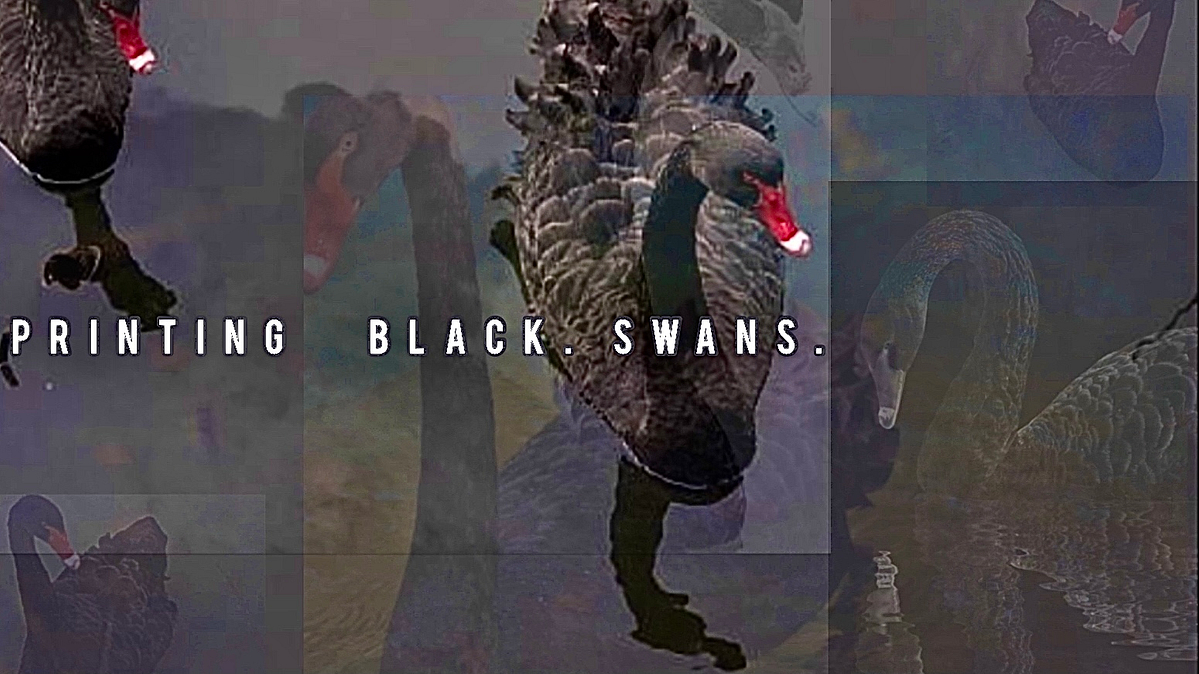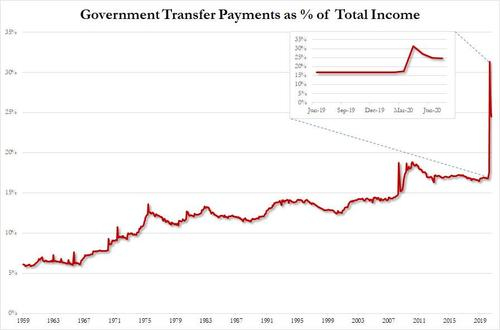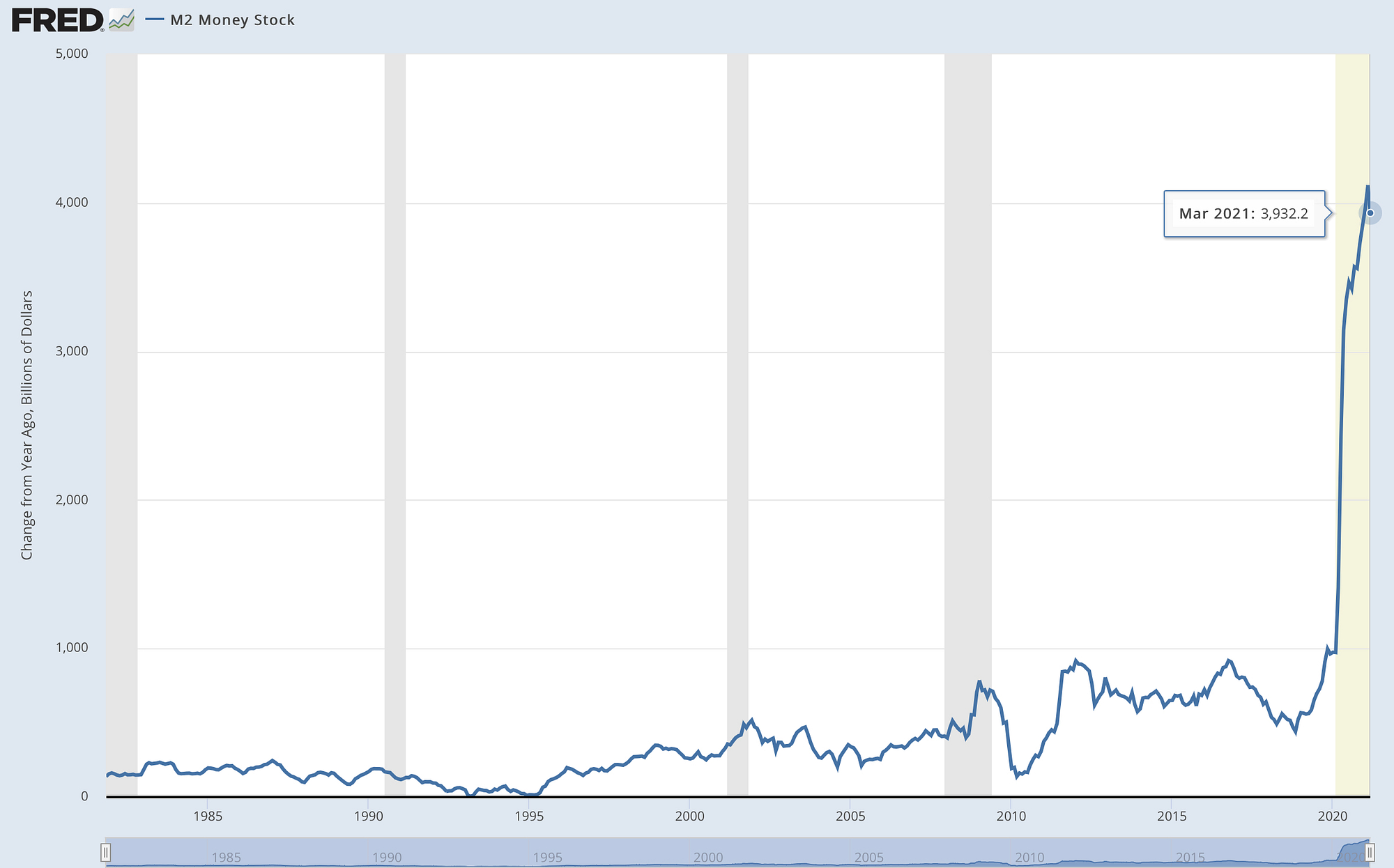The pandemic couldn’t have come at a better time for the Federal Reserve. It created the opportunity for the Fed to launch another monetary MOAP(Mother-of-All-Policy) measures right as the economy was trending towards contraction. Without the pandemic, it would’ve been much harder to justify the alphabet facilities responsible for the manic buying spree in financial markets—Powell’s announcement of potential purchases turned out to be more effective than the actual purchases. The Emergency Facilities will return. The financial industry will be nationalized. A majority of the U.S. economy will be under the control of the Federal Government. Whether people are willing to properly label these actions remains to be seen. There’s no escaping this inevitability, anybody who doesn’t believe it is simply ignoring what’s right in front of them.
In 2008, the Federal Government was on the cusp of nationalizing a few of the largest U.S. companies. However, the president thought that the term and idea was UnAmerican and instead bailed companies out, took partial ownership, and released their stake eventually— in HBO’s “Panic: The Untold Story of the 2008 Financial Crisis”, George Bush, Ben Bernanke, Timothy Geithner, and Hank Paulson mention “Nationalization” multiple times. Today, Nationalization will go over much easier as the Federal Reserve and Congress create exorbitant wealth inequality(mostly the former), while successfully eluding any responsibility, and proclaim to be the solution for their problems as they’ve left people in a state providing them no alternative but to support their policies. This is a preview of the June Federal Reserve Newsletter(FRN): Printing Black Swans. Economic “growth” is booming according to the latest GDP report. Forecasts for next quarters GDP estimate show growth to be even stronger than the first quarter of 2021. Fears of the US economy falling back into a recession have dissipated and turned optimistic. Now investors focus on a new concern and believe growth may lead to high, and possibly, uncontrollable inflation because of the Fed’s willingness to keep monetary policy extraordinarily loose.
Fears of inflation are overblown. Uncontrollable inflation will happen… Sort of. It’s hard to explain. The fear should not be inflation. The fear is volatility. At the moment, prices of everything are volatile, but nowhere near the storm just over the horizon. Wait until the Fed is forced to adjust policy; each move by the Fed will exponentially increase the risk of instability. The response to that is–see beginning.
Until then, here are some charts for you dope’s to contemplate. Hopefully, they’ll prepare you enough to come to grips with the fact the pandemic is just getting started.
FRN Preview: Printing Black Swans





















